Wanting to be an artist or creative is step one. Following through means investing in learning your craft, but we’ve heard from so many aspiring artists and creatives who feel unsure about where to start and so we’re incredibly grateful to the artists and creatives who’ve agreed to share their stories of how they learned their craft.
Haley Shabankar

Learning the ins and outs of interior design comes with a whole set of standards, do’s and don’ts, but mostly it comes enate and some things just cannot be taught. A true designer not only has “the eye”, but also understands the importance of how an individual lives and the comforts and complexities that surround it. The skills I have learned throughout my career that have been most valuable to me are how to key in to exactly what my client’s needs are translating into their vision. Read more>>
Lisa Segal

I’ve had the pleasure and thrill of being the chairperson for StudioEleven Artists, the Los Angeles-based artist collective I helped form in 2014. From 2017-2019, in addition to performing the position’s quotidian tasks, I oversaw our six stellar group exhibitions and a series of excellent continuing education events. Holding this position enabled me to grow into the furthest corners of my leadership skills. Read more>>
Josh Schorle

I actually learned how to shoot photos and videos by watching A LOT of YouTube videos over the years. But that’s just part of it, the other half I learned by doing and getting my hands messy. If something still wasn’t working or if I was still unsure about something, I’d just go back to Youtube to search more about what I’m trying to learn. Read more>>
C.J. Ellison

-How did you learn to do what you do? Read more>>
Lakmé Iyengar

Photography was where I first learnt about cameras, composition and lighting. I was fortunate to be able to take a photography class in high school, but I was also interested enough that I studied books and other photographers in my own time. This was my first exposure to terms like aperture, ISO, and shutter speed. Read more>>
Jo Torija

My journey into this field of creativity and craftsmanship began with a personal passion for artistry. Initially, I started crafting items like ornaments, home decor, and candles for my own enjoyment. Over time, I observed that others were showing interest in my creations, often requesting custom pieces. This growing demand encouraged me to transition my hobby into a full-fledged profession. Read more>>
Ashley Lauber

I can remember being really young and my mom gifting me grandpa’s old digital camera. I would take pictures as often as possible, of just about anything. Senior year of high school I finally got into photography class and I was ecstatic. I put my whole heart into that class. Read more>>
Emily Burm

I took an unconventional approach to learning my art. Rather than art school, or an apprenticeship, or a series of workshops, I made a 4-day pit stop in Oakland, CA while on a cross-country roadtrip. Read more>>
Carmen Mejia

When I jumped into the world of calligraphy, I was totally clueless, just winging it, you know? Those awesome pics on Instagram and Pinterest always got me thinking. So, one day I grabbed any old pen and pencil, followed a YouTube tutorial on faux calligraphy, and bam, my journey began. Read more>>
Christina Briggs

I am self taught and did tons of research prior to and since becoming a soap maker. While you can do lots of reading I personally learn best hands on. So I did a lot of experimenting with different recipes and ingredients. Essential skills for me are a basic understanding of chemistry and math. I’m constantly learning new techniques and experimenting with designs. Read more>>
Kyla Thomas

The main obstacle to my learning how to script supervise was that it wasn’t really taught in the university I attended. None of my film classes covered it in detail. I only remember one class that briefly mentioned it. So, shortly before my first script supervising job, I learned everything from studying Pat Miller’s book Script Supervising and Film Continuity. Read more>>
Tatiana Kharina

I don’t have a formal art school background. While I earned an Associate Degree in Interior Design, the course didn’t provide me with an extensive foundation in fine art skills. Instead, I developed my skills primarily by practicing on my own with books and online classes. I dedicated time to daily practice, investing as much effort as possible. I also took several in-person oil painting classes and pottery workshops. Read more>>
Amy Pogue brady
I essentially have two creative careers at the same time, Service Design and Jeweler. As a Service Designer I spend my time learning about people’s behaviors, what they are trying to do and why and then design a system and a service to help them meet their needs. For that profession I followed a more traditional route, went to graduate school and have been working as a designer for 20+ years. Read more>>
April Connors Ramirez
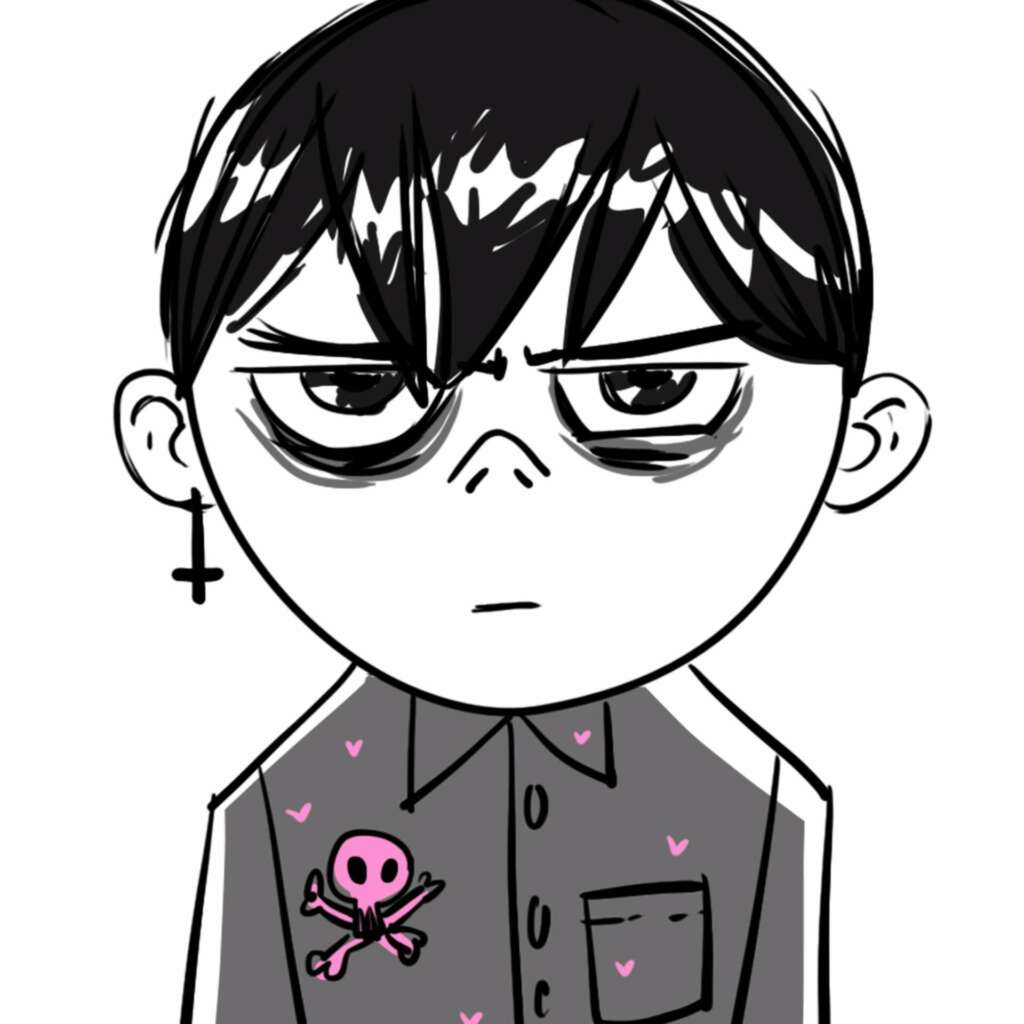
I had to do a lot of legwork to get instruction when I was younger because I couldn’t afford school, so I used books, figure drawing sessions, and workshops to learn things. A lot of trial and error, and just drawing/painting as much as possible. Smaller schools like Concept Design Academy or open drawing workshops like The Drawing Club became indispensable, as they offered affordable alternatives to formal education. Read more>>
Art Santora

I started playing the guitar after being bewitched by the sound of Stevie Ray Vaughan at the age of nine. I knew I would always play the guitar, and sought instruction with some of the finest teachers that I could find. Anyone interested in learning a craft should be so lucky as I was, to learn from eminent professionals from a wide range of backgrounds. Read more>>
Natalia Patino

I always maintain a growth mentality. I know I can learn from the good and bad. I learn from my peers, teachers and every experience I have to create, be onset, or onstage. I also try to get out of my comfort zone to expand my skills. In the last year, I’ve been training and performing improv comedy in both Los Ángeles (The Groundlings School and Theatre) and Miami ( shout out to Short Round Improv). I find so much joy and fun discovering new ways to expand as a person and artist. Read more>>
Jack Watson

My first role out of university (Industrial Design), was a furniture design internship at a manufacturer in London. I immediately felt like an imposter, engineering pieces and handing over drawings to the manufacturing teams, with little regard to how these pieces were actually going to be made. It was after about the 27th time I got laughed out of the workshop that I decided to start buying tools and making things myself, to gain some more practical experience. Read more>>
Sara Spadacene

I just love the evolution of the creative process and finding out what works best for you and your craft, specifically when it pertains to auditions. The more TV and films that I watch, the more I understand that less is more. I have found that sometimes with auditions, when I’ve really prepped something and I’ve really done “the work” I’m so desperate for that work to SHOW UP, that I push too much, making sure that the audience GETS what I’m doing. Read more>>
Yuzhou Pang

Question 1: How did you learn to do what you do? Answer: My formal journey into Motion Design began with my studies at SCAD. It was there that I gained a systematic understanding of the creative process behind Motion Design through classroom instruction. Read more>>
FELIX SEMPER

My Learning Journey: Unveiling Artistic Growth Read more>>
Cortney Warner

I started stand up comedy in 2016, when I was 22 about to be 23. I started by going to open mics and watching a TON of stand up, anything I could find. I would go to other local shows and watch and see what worked and what didn’t, and try and incorporate things I learned into my own writing and performing. Read more>>
Andrew Frankel

Good accents, like good acting, come from close observation. Traveling helps, but I’ve been fortunate to live in a city that draws voices from all over the United States and all over the world. I listen and watch people very carefully when they speak. Read more>>
Catalina Villegas

I would start by breaking this down into two parts. Read more>>
Duairak Padungvichean
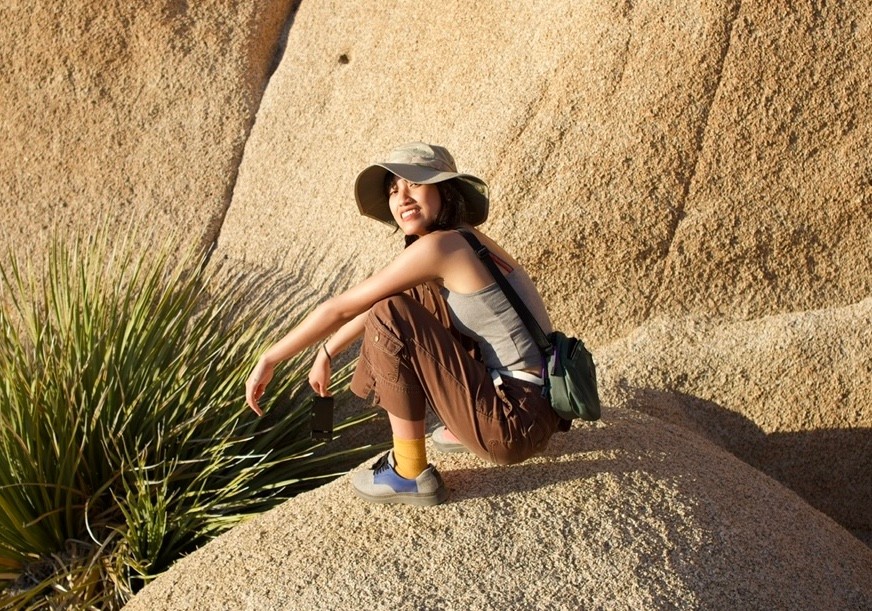
I started drawing and making art when I was really young. I think being around many creative people growing up got me interested in the field. I got more interested in art in middle school and had the privilege to go to art high school and college which is where I got my art education. Read more>>
Pau Rodriguez
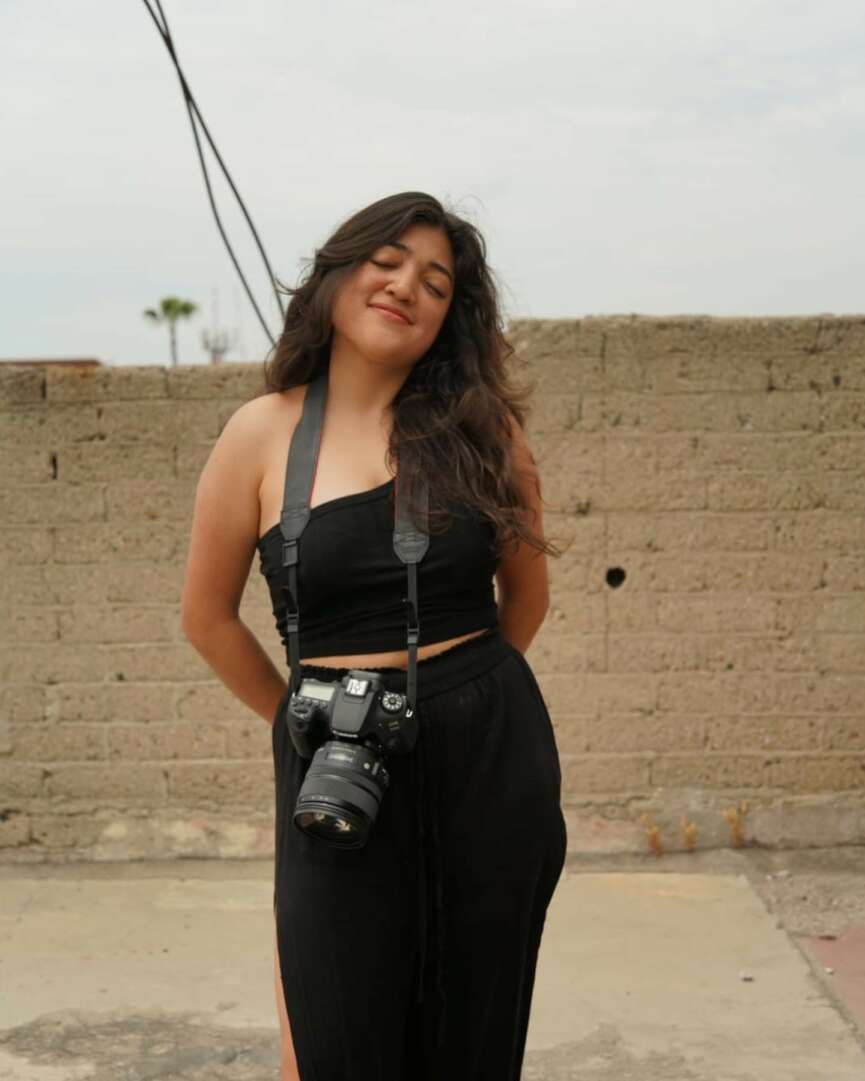
I’m a big believer that real knowledge is unlocked through curiosity, and the more you nurse that creative spark, the more you will learn. That is exactly how I became a photographer, by picking up a camera my parents had bought for me and taking pictures every day—of my dog, my friends, landscape, or even random objects. The key to helping me learn was to always have new ideas and stay curious about all the ways I could express myself through my lens. Read more>>
Emily Cartagine
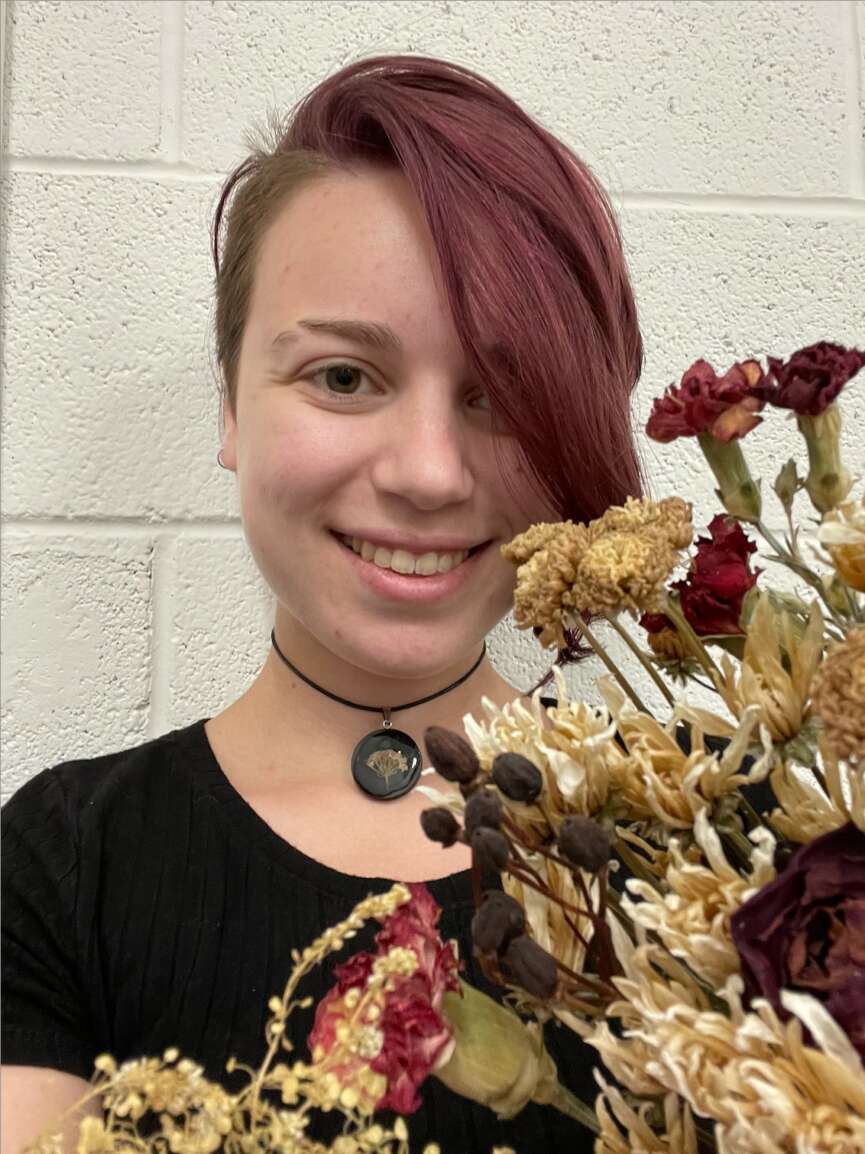
While I practice several mediums, the one I am best known for in the arts community is my resin art made with crystals and pressed flowers. Many people ask me how I got into resin in the first place. The answer is that pressing flowers came first. I love going for walks and hikes and just spending time outdoors. I had been collecting and pressing flowers for some time and decided I didn’t want those flowers to remain hidden inside books, I wanted to display them in works of art. Read more>>
Max Arrington

Learning the craft was something I started from some of my earliest memories. Back before I knew anything on color theory, value, or composition, and was just a carefree kid, I’d choose to sit down and with my crayons and paper to draw. The hunger to get better and improve was always there. I’d watch educational art shows aimed for younger ages and have a blast laying out my robots and dinosaurs. Read more>>
Cass Hoverson

Carlos Mendivil

My skill set developed over the years by consistently taking on new tasks that required me to learn and develop new attributes. The major component to continuously improving has been understanding my strengths and weaknesses. in order to maintain a consistent growth. Aside from my ability to illustrate I would list attention to details as an essential element to development and a great way to avoid unwarranted mistakes & obstacles. Read more>>
Saraiya Kanning

I learned to paint through a mixture of watching others paint (observation), practice, and some instruction/classes. The most important is practice. I’ve learned mostly through painting and drawing over and over again, even when I feel discouraged, knowing that each drawing or painting I make is really just a stepping stone in the larger journey of my growth as an artist. I wouldn’t want to speed up the learning process, because faster isn’t better. Read more>>
Karissa DeDecker

Before I declared my major I had taken a summer course in Adobe Illustrator. Lucky for me, I was the only one who signed up! I had the instructors full attention, and he structured my learning experience around what I wanted to create. Read more>>
Jacob Danhi

It takes a long time to learn and appreciate the art of tattooing. I did t have an art background prior so it took me a little longer but definitely made me appreciate it more. I think the most important characteristic of becoming a tattooer is being humble and open minded. Read more>>
Remonde Levy

Over the years I have taken the time to completely educate myself within the craft that I love most. I have developed a conscious mind that helps me demonstrate my work ethic and commitment to what I have to offer within the entertainment business. Along with that I have earned the opportunity to be a service provider to those in need of guidance for continuously improving there physical health and well-being as a whole. Read more>>
Kenya Autie

I learned to be a Producer by doing and also by reading and researching. The role of the Producer is an ongoing learning experience, and I still learn from every project. The first project I produced was for a band called Lucid Rays. They came to the recording studio without a producer to record three demo songs. I was in the studio because I like their songs, and I wanted to enjoy the recording process. Read more>>
Peyday Peyton

I learned what I know now by welcoming opportunities to fail , while also analyzing every situation with intent to eliminate the possibility of negative repetition . I wanted to know how to fail , and what it felt like to fail from every perspective . I also wanted to experience failure from an outside perspective and see how others react to it , also how it made me feel ; did it matter to me enough to fight for success in whichever category of life I witnessed the failure in . Read more>>
Susanna Foppoli

My journey to be a graphic designer involved a combination of formal education, hands-on experience, and self-guided learning. Read more>>
Brian Kaleh

I’ve been a self-taught learner throughout my journey, mastering each step on my own. While a mentor would have been a welcomed presence, life often charts unexpected courses, and we must either embrace these shifts or risk being carried away by the currents. My innate desire for creativity sprouted in childhood, with my love for movies. Read more>>
Christopher Moore

The first thing I started doing in my journey to become a filmmaker was watching a lot of movies, studying on my own by reading books about screenwriting, and attempting to write screenplays. Growing up, I didn’t have access to cameras or any way to edit anything captured on cameras and the grade schools I attended didn’t have A.V. clubs that might have them. Read more>>
Anisor Fernandez

I have always loved creating things ever since I was a child and throughout the years, I have probably worked with a little of everything. Experimenting with various mediums such as watercolors, acrylics, charcoals, and much more have all helped me get to where I am now in my caking career. I am a self-taught cake artist, everything that I have learned has been through the process of trial and error throughout the years and a few online videos. Read more>>
Nate Payne

Much of what I’ve learned as a designer and photographer has come from a blend of education and real-world experience. Education provided the knowledge to establish a skillset and foundation in the creative world while experiencing a variety of different jobs helped expand and fortify my abilities as a creative professional. For the first 10 years of my career, I worked as a graphic designer in various capacities. Read more>>
Steven Knoworries
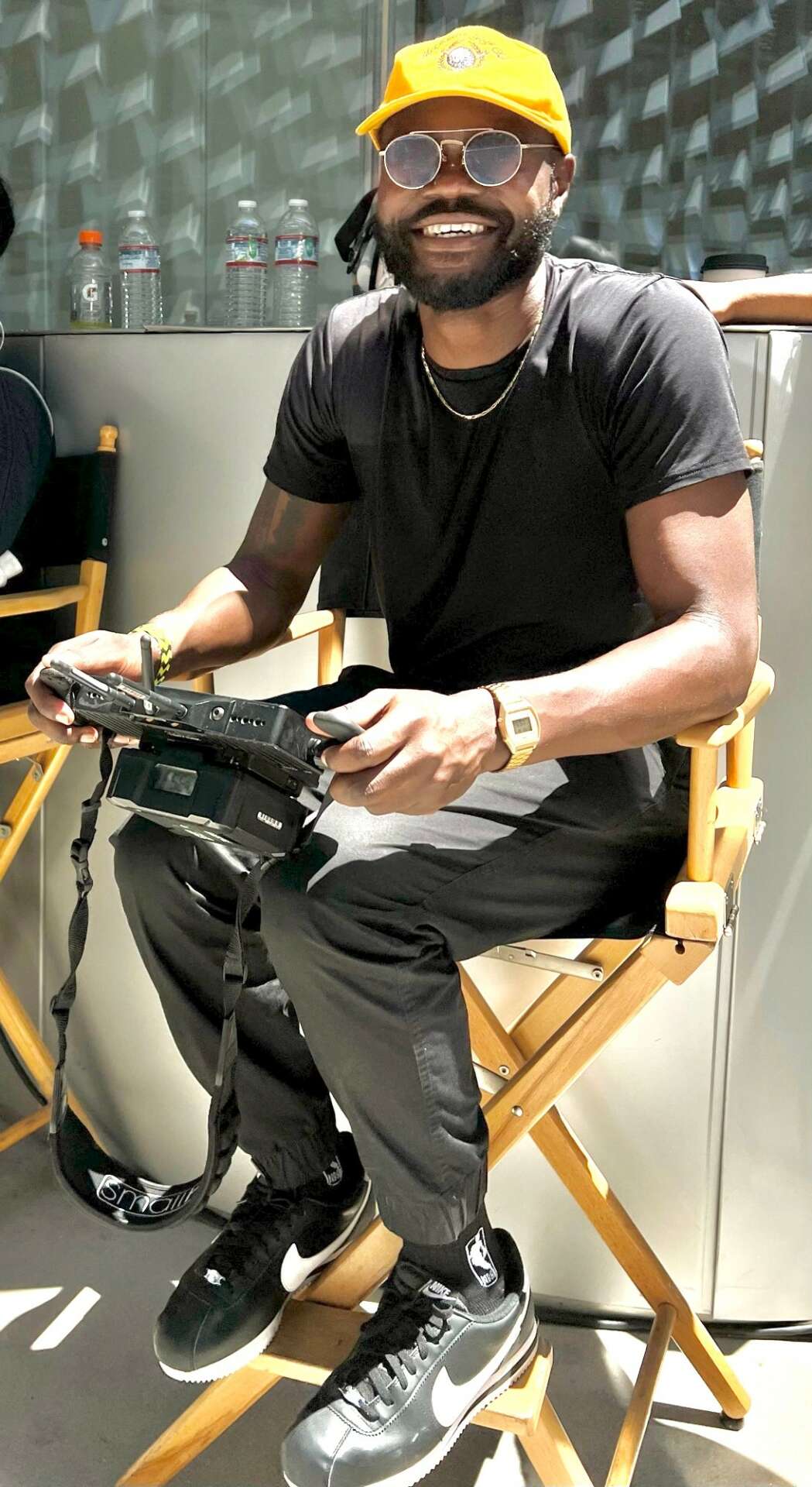
To learn and continually grow in the art of filmmaking, I’ve placed myself in spaces where I often learn from individuals who don’t share my background, passions, or advocacy. While the art of storytelling through film is an exhilarating endeavor, it’s clear that black filmmakers face a disproportionate lack of learning opportunities. Read more>>


